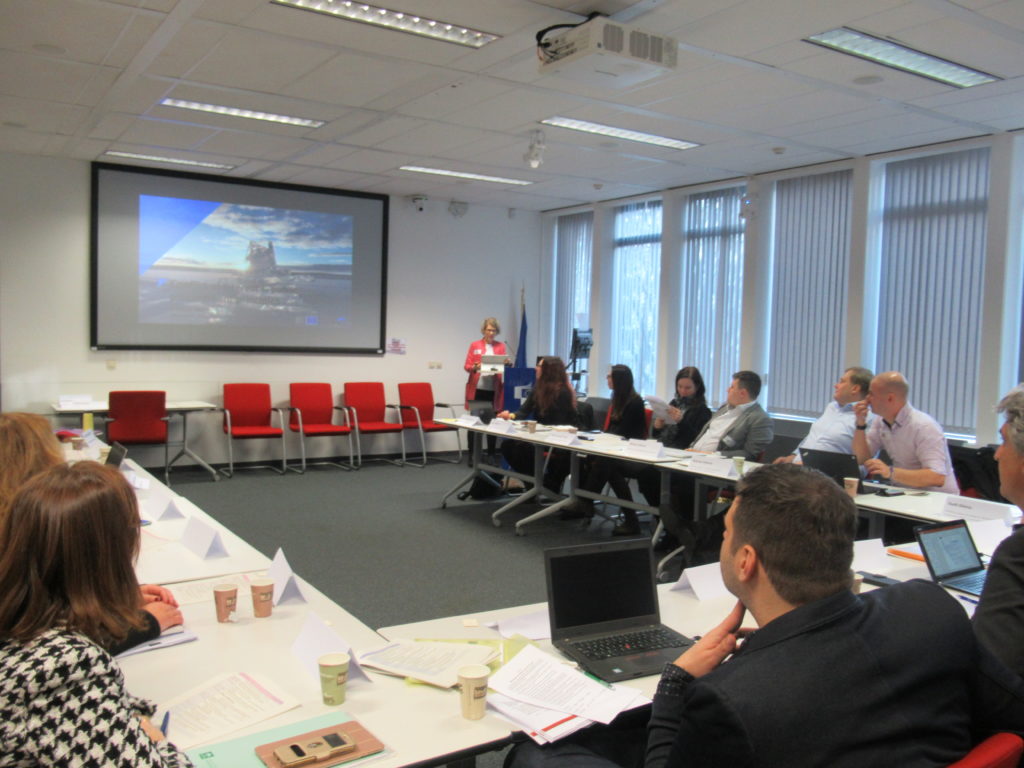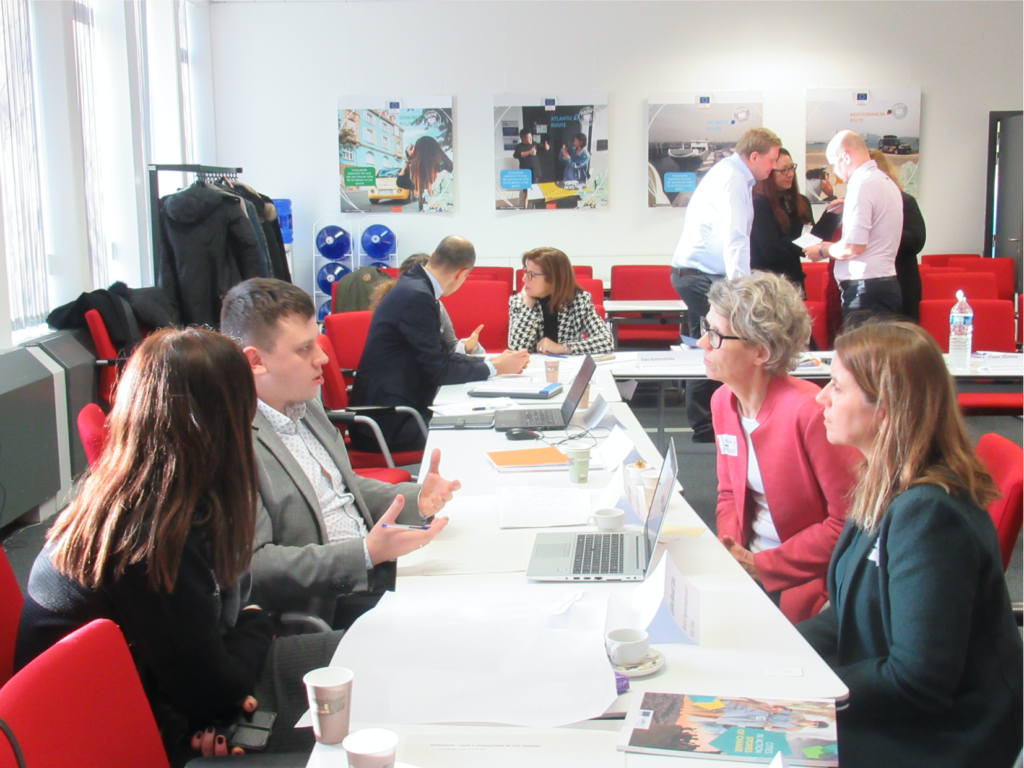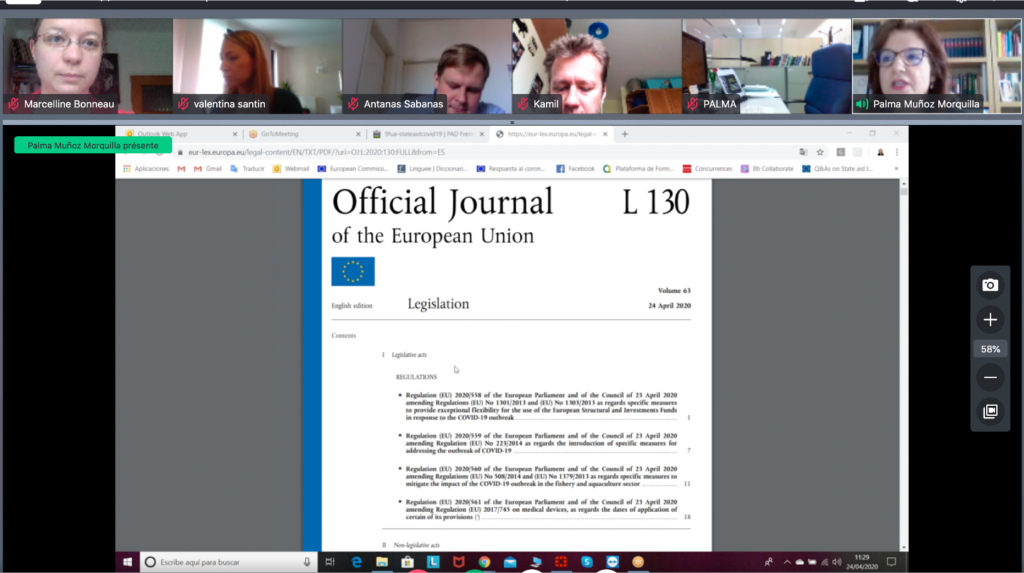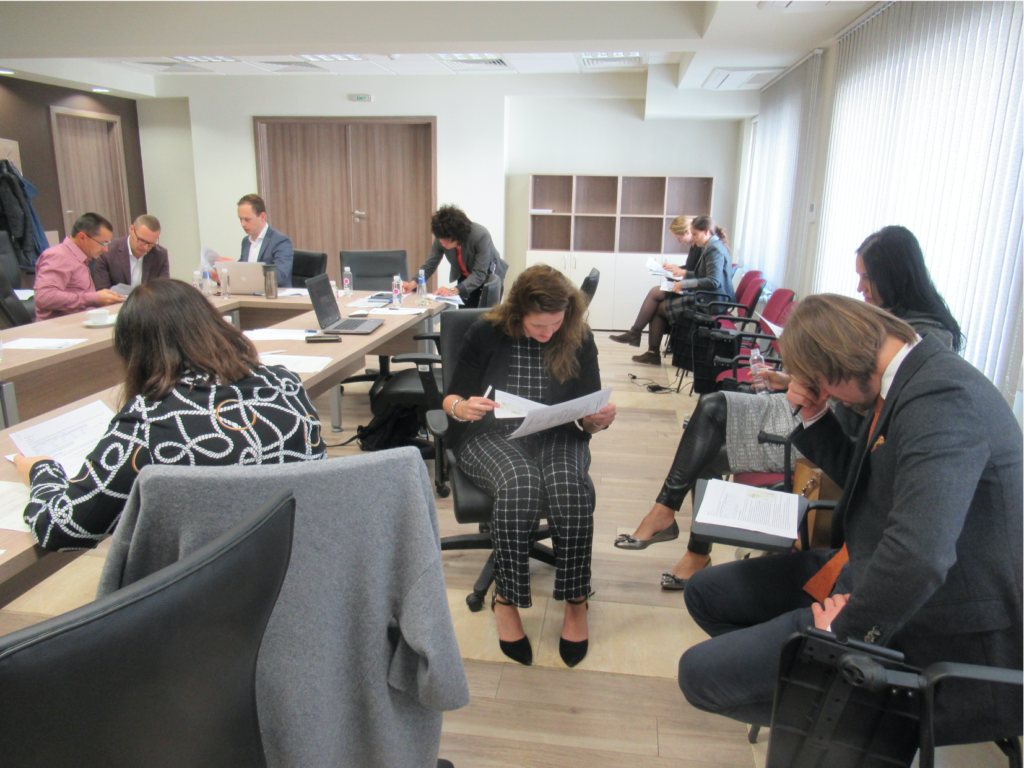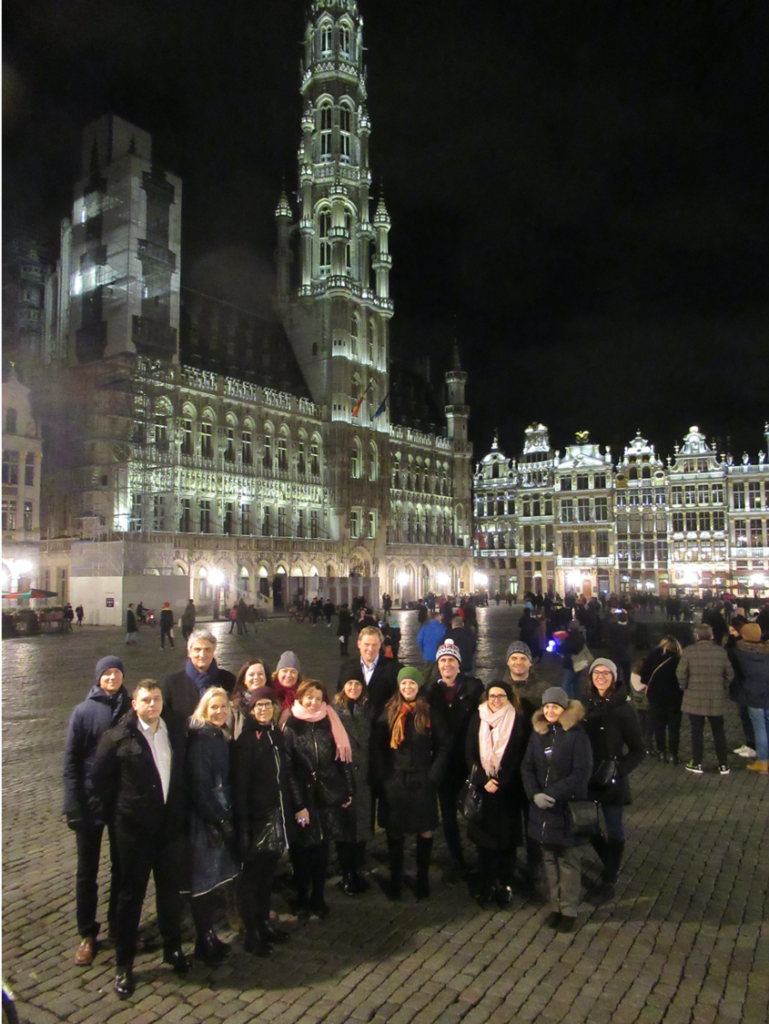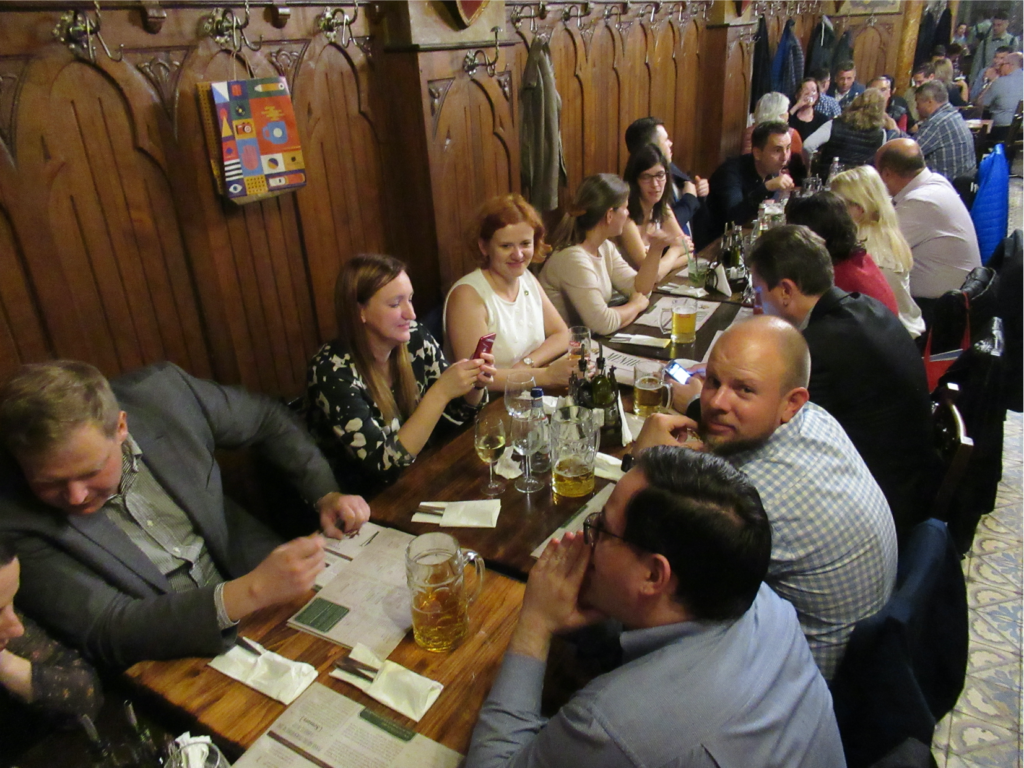I have been the Manager of the REGIO Communities of Practitioners for 4 years now. 4 years during which we have experimented on various ways to bring together practitioners of ERDF and Cohesion Funds, in the best possible ways for them to learn and exchange amongst each other.
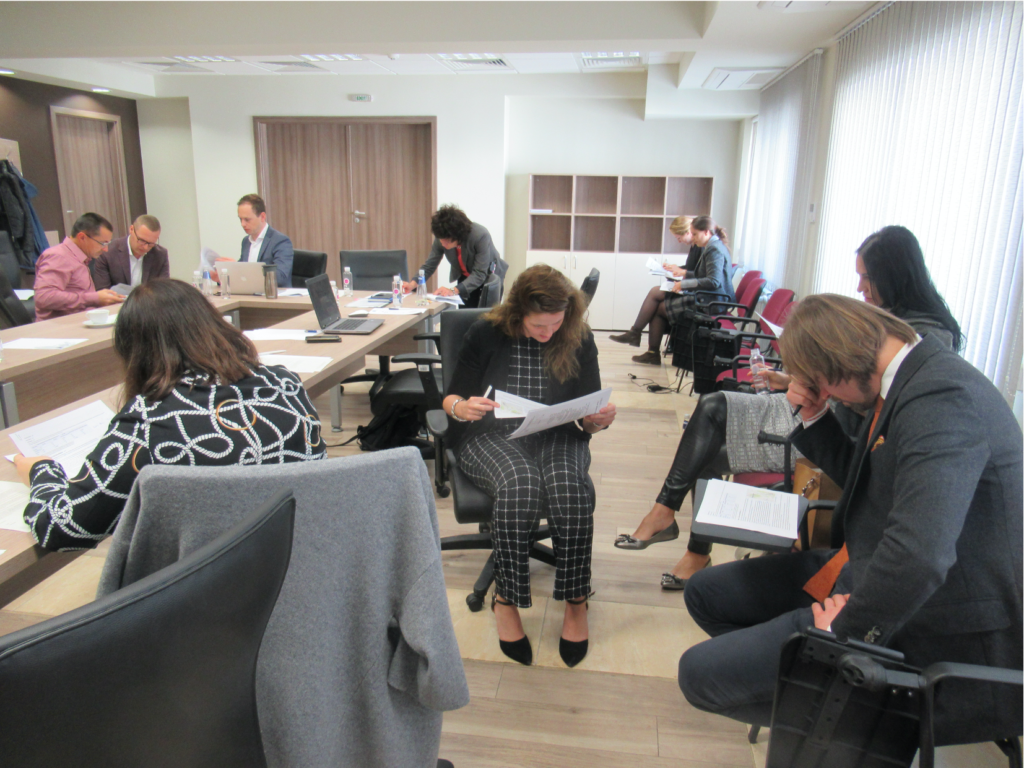
The credit of this project goes to the European Commission, DG REGIO, which used a Policy Lab approach to co-create the most adequate solutions for those managing European Regional Funds on a daily basis. Design thinking put the practitioners at the heart of this process. The major conclusion was the wish to meet for learning and exchange with other practitioners from other counties. For this, practitioners needed someone to steer the process, to make proposals, to ensure that activities would take place. That’s where the Community Manager came into the game, and that how my story with the REGIO Communities of Practitioners began.
What have we concretely done?
We have organised a series of moments for practitioners to meet, both offline and online. These have been workshops, webinars – with presentations followed by Q&A, “Peer Coachings” – where practitioners would come with a question and ask their peers for solutions, recommendations, pieces of advice, “Co-Thinking” – where practitioners would co-create tools as well as recommendations to the European Commission, “Live communities” – which could be as simple as opening a meeting room for informal exchanges.
We have also created a platform for centralising all the shared information (links, tools, presentations), personal testimonials as well as direct access to the communities via profiles and contact details of their members. This has taken the form of a blog.
We have used social media where practitioners have shared informal messages – reinforcing the strength of the communities, as well as launched threads for discussions. Facebook has been the most popular, LinkedIn less but used as well.
Practitioners have also used emails for exchanging documents, links, pieces of advice and experience. They have also directly called each other.
Just have a look at this video to get an idea of the forms it has taken!
From the first to the last year of the project (2016 to 2020), we have witnessed some tremendous evolutions of the project:
- From 76 to 1820 email addresses;
- From an undefined number to 12 Champions;
- From 2 to 10 working topics;
- From 53 to 220 Facebook members;
- From 1 webinar with 7 participants to 91 offline and online activities involving 342 people in total ;
- From sole online activities, to a majority of offline activities, ending with sole online activities.
A wealth of learnings
These four years have enabled experimenting on various ways of building up and strengthening the Communities of Practitioners, with many challenges, many rewards as well. The most important one being the impact on the individuals and the institutions which have taken part in the project.
The most important learning from practitioners is that they felt they were not alone anymore. They felt they were being connected and could learn in an efficient and useful way from each other’s experience: even more so as they could actually be in each other’s shoes and know what their realities were about! In addition to the immediate capacity-building, practitioners have felt they could just talk – and feel being part of a community.
Some learnings
Successful Communities of Practitioners enable practitioners to be empowered, to increase their capacity, to ensure that their organisations can better deal with their main objectives (here, managing ERDF and Cohesion funds). This success can only happen if useful interactions, learning and exchanges occurs between the members of the Communities.
Our experience has shown that a few elements are crucial for this:
- Participants: Some activities raise more interest than others. Some practitioners are highly involved , committed and lead activities, others are more passive. Not everybody will be part of all the activities to the same extent and it is fine! More importantly, “Those being here are the right people” – they will benefit the exchanges to the best possible extent
- Attitude: Practitioners need to be open and show goodwill in learning and exchanging (to be honest, this has never been an issue in our project! Practitioners were actually extremely eager to helping others). They need to be solution-oriented – within the existing and sometimes rigid European framework. More than anything else, they should dare asking for inspiration and help!
- Methodologies: These have to be creative, renewed, mixing “standard” presentations, with collective intelligence, pens and notebooks with white boards, meeting rooms with restaurants, intense work with “white moments”.
- Approach: The Community Manager should ensure to organise activities which suit the practitioners the most both in terms of topics and content. This can only be done in a pure bottom-up approach and with co-creation. This also takes an anchored iterative process, with many trails, errors and readjustments.
- Structure: Finally,the Communities need a strong coordination steering the process. The framework should be clear but entirely flexible. Practitioners need to really be driving the process, that of “their” communities.
What’s up for future?
Communities of Practitioners are very rich ad enriching platforms, composed of people who are eager to change the world: their working environment, but also Europe. We need to keep on experimenting on such new processes obviously not only pure professional management but to support an overall societal transition.

